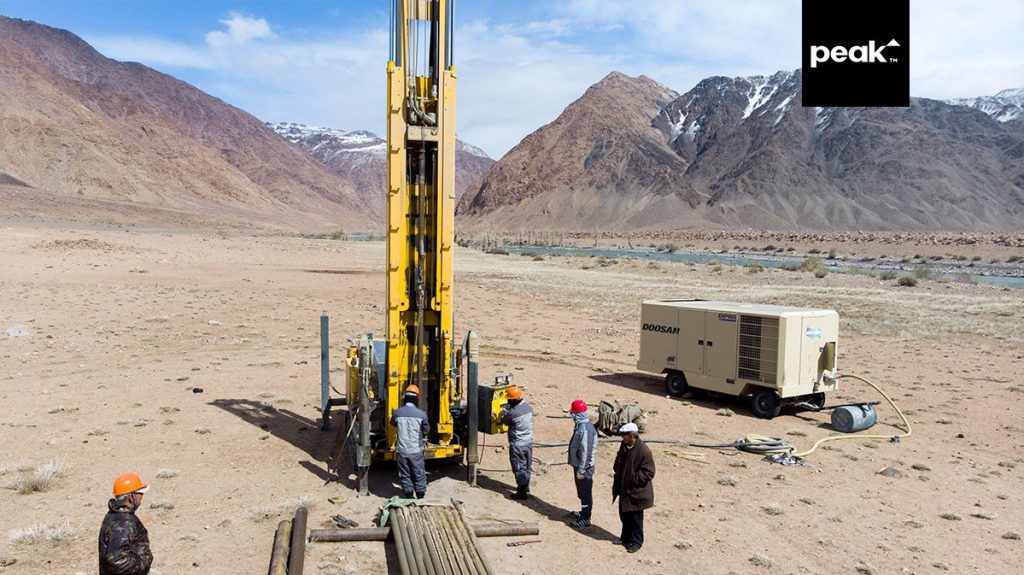Dams threatening Lake Baikal and five other iconic areas are featured in a new report by Friends of the Earth US “World Heritage Forever? How Banks Can Protect the World’s Most Iconic Cultural and Natural Sites”.

The report is examining how the international banking sector lacks strong policies and practices to protect World Heritage and other internationally recognized sites. Drawing on six case studies, the report calls on financial institutions to adopt the Banks and Biodiversity No Go policy, which advocates that banks prohibit direct and indirect financing to harmful activities which may negatively impact internationally recognized areas.
In light of the twin crises of biodiversity loss and climate change, protecting areas which are already recognized for their exceptional biodiversity and climate regulatory value is more important than ever. At the same time, the most biodiverse places left in the world now overlap with Indigenous Peoples and local communities. This also underscores why banks should require ensuring free, prior, informed consent in their financing. However, banks have yet to develop consistent, comprehensive policies and practices to actively preempt harmful financing in some of the most iconic places on Earth. Unfortunately, even the most prestigious World Heritage sites are not adequately shielded from harmful financing.
Key findings of the report include:
- Multilateral, public, private sector, and Chinese banks have yet to develop consistent and comprehensive policies to safeguard internationally recognized areas, such as World Heritage sites
- Multilateral, public, private sector, and Chinese banks should prohibit indirect and direct financing to activities which negatively impact internationally recognized areas, such as World Heritage sites, even if not directly located in the site proper
- Multilateral, public, private sector, and Chinese banks should require free, prior, informed consent
- Multilateral, public, private sector, and Chinese banks all struggle to adequately implement environmental and social safeguards and policies
- Despite international prestige and recognition, internationally recognized areas face recurring risks, sometimes across decades, from harmful development activities
- Negative environmental and social impacts may be triggered or exacerbated by ill-conceived project locations
- Conversely, negative environmental and social impacts can be preempted by prohibiting projects located in internationally recognized and sensitive areas
- Banks should adopt the Banks and Biodiversity Initiative’s No Go policy, which outlines eight broad areas where banks should prohibit harmful direct and indirect financing.
The case of Lake Baikal is seen as relatively successful. In 2011, the Mongolian government proposed the 300 MW Shuren Dam, Orkhon Water Diversion project, and 220 MW Egiin Gol Dam as part of a series of infrastructure and energy projects designed to address the mining industry’s growing demand for energy and water in Mongolia; all the dams were to be located in the Selenge River basin, which feeds directly into Lake Baikal. The World Bank provided technical assistance support to the Shuren and Orkhon Dams under its Mining Infrastructure Investment Support (MINIS) project, while China Eximbank provided concessional loan to cover construction of Egiin Gol Hydro. After skillfull campaign carried out by NGOs, scientists and Buriatia Republic local government draw attention of the UNESCO World Heritage Committee and World Bank Inspection Panel both China Eximbank and the World Bank have frozen implementation of their projects. While the World Bank ended up cancelling part of the loan dedicated to dams, China Eximbank agreed to reallocate the loan to more benign development projects such as wastewater treatment plant in Mongolian capital.
Although the China Eximbank took a positive step in reallocating the loan, recent news suggests that the funds may have again been reallocated at the request of the Mongolian government to develop the 90 MW Erdeneburen hydropower plant. However, this dam and reservoir on Khovd river is located in Tsambagarav Uul National Park and would negatively impact another Ramsar site, the Har Us Nuur National Park.


